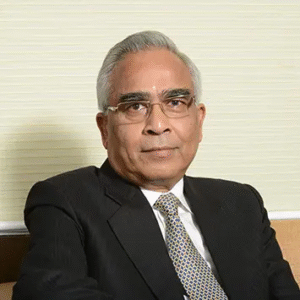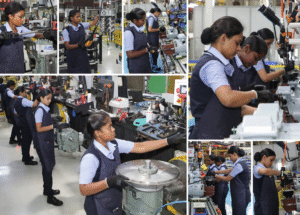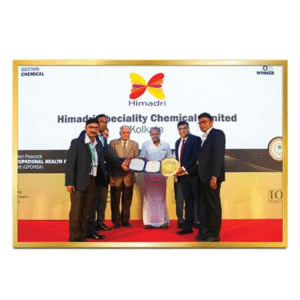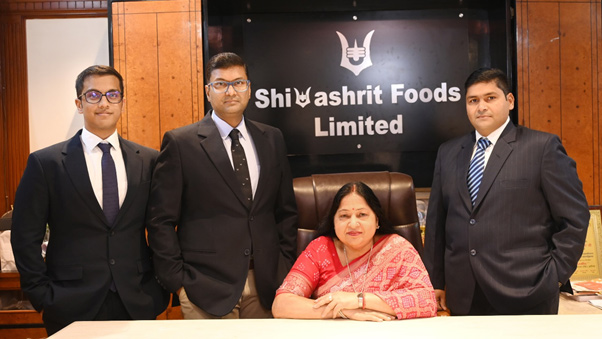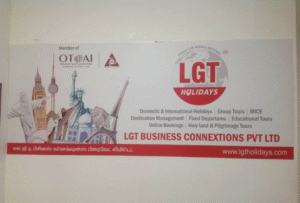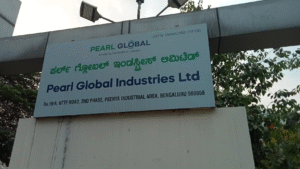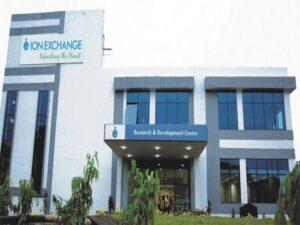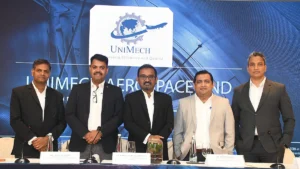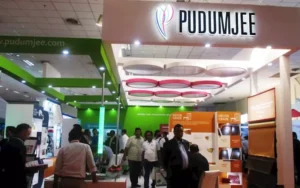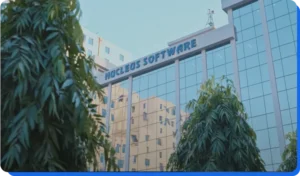1. At a Glance
Shivashrit Foods isn’t here to fry potatoes – they’re here to flake them, pack them, and export them to 20+ countries, all while convincing you that your ₹270,000 retail lot is as crunchy as the snacks they fuel. Fresh issue? Check. Offer for Sale? Double check. Promoters namedSinghaleverywhere? Triple check. The IPO looks like Aligarh’s answer to Lays, except instead of “betcha can’t eat just one,” it’s “betcha can’t apply without pledging your kidney for ₹2.7 lakh.”
2. Introduction
Imagine this: It’s 2017, Aligarh – better known for locks and hard steel. Out of nowhere, Shivashrit Foods sets up shop saying, “Locks are cool, but what if we exportflakes?” Fast-forward to 2025, they’re boasting revenue growth of 36% in a single year, exporting potato powder to more countries than some Bollywood films release in.
The IPO math is deliciously confusing – a ₹70 crore issue where promoters are cashing out ₹8.75 crore while still holding absolute control pre-issue. You want in? Minimum ticket size: ₹2.7 lakh. For that money, you could either (a) buy potatoes for your entire mohalla for a year, or (b) own exactly 2,000 shares in a SME stock that might list with fireworks or with tears.
The company plays the certification card well: FSSAI, ISO, HALAL, USFDA – basically every stamp short of a “Mom-approved tiffin friendly.” And the export list is equally dramatic – Argentina to Israel, Mexico to Kosovo. I didn’t even know Kosovo was importing Indian potato flakes, but hey, globalization works in mysterious ways.
3. Business Model (WTF Do They Even Do?)
Here’s the TL;DR: Shivashrit takes raw potatoes, processes them into flakes with industrial tech, and sells them to snack giants, food manufacturers, and hotels who don’t want to deal with peeling and boiling. They operate a facility in Aligarh that is apparently so advanced it can make “flakes with long shelf life” – unlike your mutual fund SIP, which spoils the moment markets crash.
The product range goes under three brands –Shivashrit,Shreeaahar, andFlaker’s. If that last one sounds like a 90s boy band, you’re not wrong. The distribution strategy? Sell domestically in 10+ states and ship overseas to 20+ countries. The moat? Strong supply chain, location in potato-rich Uttar Pradesh, and heavy government incentives for food processing.
Competitors? Think of every snack chip, ready-to-eat soup, and fast-food chain that quietly buys potato flakes in bulk. Shivashrit doesn’t brand the end
product – they’re the backstage crew of your McDonald’s hash brown. Glamorous? No. Profitable? Increasingly, yes.
4. Financials Overview
Here’s the quarterly show – FY25 vs FY24, with some auditor spice:
| Metric | FY25 (₹ Cr) | FY24 (₹ Cr) | YoY % |
|---|---|---|---|
| Revenue | 105.85 | 77.55 | 36.4% |
| EBITDA | 23.10 | 19.87 | 16.2% |
| PAT | 12.06 | 11.61 | 3.9% |
| EPS (₹) | 8.64 | 8.31 | 4.0% |
Annualised EPS post-issue falls to ₹6.60. Which means the P/E goes from a crispy16.4x pre-IPOto a bloated21.5x post-IPO. Translation: They’re charging you extra for the same potato.
5. Valuation (Fair Value Range Only)
We’ll cook this three ways – like your potato fries:
- P/E Method:Post-issue EPS = ₹6.6Industry peer avg P/E ≈ 18–24x (food processing SME comps).FV range = ₹119 – ₹158.
- EV/EBITDA:EV ≈ MCap (₹259 Cr) + Debt (₹48 Cr) – Cash (~negligible).EV/EBITDA ≈ (₹307 Cr / ₹23.1 Cr) ≈ 13.3x.Peers trade at 10–14x.FV range = ₹125 – ₹150.
- DCF (Discounted Potato Cash):Assuming 15% CAGR revenue, 11% PAT margin, discount 12%.DCF spit out FV ≈ ₹120 – ₹145.
So overall FV range = ₹120 – ₹155.This FV range is for educational purposes only and is not investment advice.
6. What’s Cooking – News, Triggers, Drama
- Expansion Plans:₹26.3 crore earmarked for expanding capacity. That’s code for “we need bigger fryers.”
- Working Capital:₹19 crore for expansion working capital. Translation: more potatoes in storage.
- Exports:Any geopolitical disruption (Kosovo bans flakes? Mexico shifts to corn?) could hit exports.
- SME Listing:Drama guaranteed. SME

